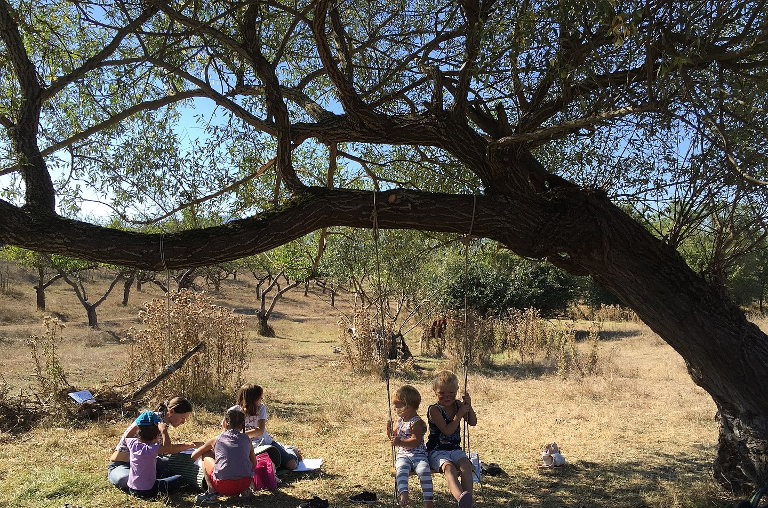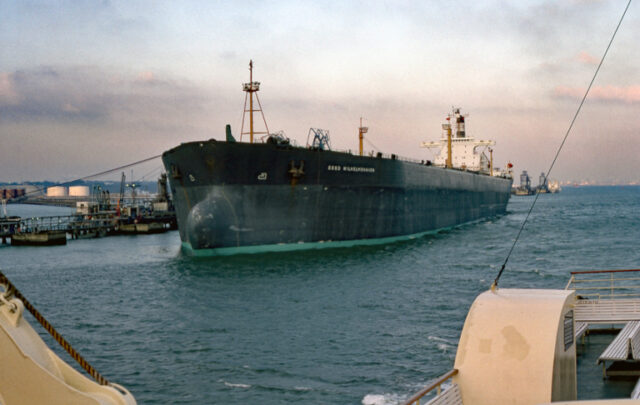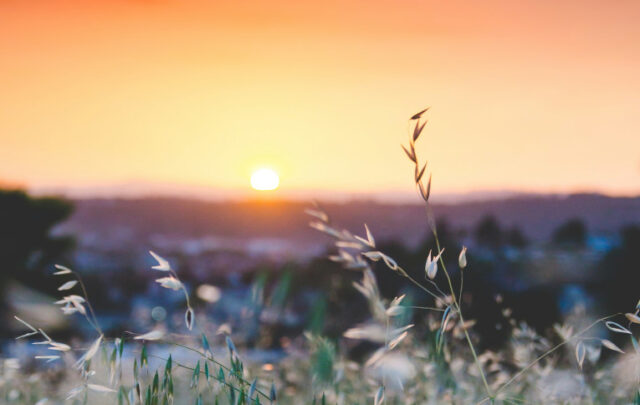Contribution to GTI Forum The Pedagogy of Transition
Thanks very much to the organizers and all the contributors to this forum. My contribution will be tactical, describing how I have worked to draw students into roles as stewards of both environmental and education systems (learning, in process, how deeply entwined these are).
I am a university professor working at the nexus of cultural anthropology and the interdisciplinary field of science and technology studies (STS). My research and teaching focus on environmental health hazards, fast and slow (explosions at petrochemical and nuclear power plants, routine air and water pollution, contaminated landscapes)—the brown side of the environmental movement, where there is urgent and demanding work to figure out what a “just transition” will entail. For many years, I taught at Rensselaer Polytechnic Institute (RPI), where many of my students were in various engineering fields—headed for careers in the industries that I studied and taught them about. For the last few years, I have taught in the University of California system, where many of my students come from one of many intensely polluted communities across the state; many of these students have little awareness of environmental hazards and injustice in their own communities, much less elsewhere. There is much work to be done just sharing the basics of environmental harm and its uneven distributions.
As important, however, is changing students’ relationship with the world, helping them see themselves as key actors. I have thus seen it as important, at the very outset, to work to enroll them in a community of concern and practice—drawing them into roles as collaborators, upsetting the passive, grade-delimited learning to which many are accustomed. Here, I will share one tactic that has been particularly memorable for me, for my university students, and for the elementary and middle school students and teachers with whom we worked. The program, called “RPI EcoEd,” involved university students in the design and delivery of creative environmental education for younger students.1 The process was transformative in many ways, turning the university students into stewards of both environmental and educational systems, more aware of how both, today, bear the imprint of petro-capitalism. They also developed great appreciation for the skill, care, and expertise that K-12 teachers bring to their work, prompting reflection on the kinds of expertise and careers they could build going forward. Many came to recognize that they needed to design against the grain of the disciplines in which they were being trained.
Good environmental education is, of course, far from straightforward. To prepare students for the work of designing environmental education, we read the writings of radical educators like Paulo Freire, Gregory Bateson, and Wangari Maathai. We also curated a long and ever-evolving list of environmental literacy goals. These literacy goals were elaborated with my students as we learned about both the contexts and dynamics of environmental protection in different settings, and about ways K-8 education itself often undercuts and deflects environmental knowledge. Curating Eco-Ed’s literacy goals provided a way to constantly move between research and teaching, and from teaching back to conceptual work. They also set us up for teaching that was constructive rather than instructive, helping prepare students for roles in complicated, noisy worlds—worlds needing a rich mix of empirical understanding, analysis, vision, judgment, and creative communication.
The learning activities that the RPI students developed—air pollution math and creative writing, energy news, and games for collective management of fisheries, industrial zones, and neighborhoods, for example—were all designed to address at least one of our literacy goals. Collaboratively reviewing their activity designs before delivering them, we examined how they were paced, the roles students would play, and the kinds of supporting material we needed to come up with, and how they could be elaborated to pull in more of our literacy goals.
Through our designs and activities, we sought to advance young students’
- understanding of their own health and well-being as shaped by an array of both proximate and far-off causes, from diet and cigarette smoke to transboundary air pollution and climate change.
- understanding of how their own actions have an array of proximate and far-off effects, from the impact of choosing when and what to drive on air quality, to the impact of choosing consumer products on occupational health hazards.
- understanding of different scientific disciplines and medical specializations, aware that they rely on diverse methods, produce many types of knowledge, and are imperfect but ever-evolving. Science needs to be understood as a crucial social resource but a far from straightforward one.
- understanding of government at various scales, from the local to transnational, made up of diverse agencies and types of experts, which rely on diverse (sometimes inadequate) decision-making processes.
- understanding of the history of environmental disaster and decision-making failures, the different vulnerability of particular populations and regions, and varied approaches to the management, reduction, and communication of risk.
- understanding of potential for change, and of alternative ways of doing things and organizing society (through familiarity with historical and cross-cultural examples, for instance).
- capacity to conceptualize complex causation, without being paralyzed and to use empirical understanding of complex causation to identify specific points of intervention.
- capacity to recognize the multitude of factors influencing what they are told about environmental problems, including vested economic interests, disciplinary bias and blindness, and the sheer limits of knowledge.
- capacity to recognize and productively deal with diverse perspectives, avoiding the paralysis often produced by insistence on “balance” and “consensus,” leveraging heterogeneous collectivity and epistemological pluralism.
- having creative info-seeking practices, animated analytic capabilities, and a capacity to narrate complex chains of events.
- understanding of the challenges and value of deliberation and cooperative action.
The literacy goals listed above need to be updated, drawing on what we have learned over the last few years as climate change and COVID have wrecked many worlds, the petrochemical industry has boomed and busted, and confidence in governments, science, and the future writ large has deteriorated. They also can be extended to better address biodiversity, land ethics, and other beacons from the green (rather than brown) side of the environmental movement. I have not yet re-established the EcoEd program in California, but I have put the EcoEd literacy goals in front of my students here, asking what they would add, change, or clarify.
This is the trick of this tactic: the way it enrolls students themselves in thinking about what education needs to become to address our environment challenges, recognizing that education itself can be a forcing factor.
Most of my students do not go on to become professional educators. But all, I hope, do see themselves as stewards of our educational systems, understood as powerfully entwined with environmental systems, underpinning all hopes of inclusive, sustainable prosperity. A message that I recently received from a former student spoke to this, saying he thought of RPI EcoEd as he watched the storming of the US Capitol, hoping that he had helped turn a few very young students turn away from this path, seeing themselves in constructive and caring roles, becoming societal stewards themselves. My student very briefly mentioned what he learned from me and in our class. Clearly, however, what was most memorable was what he did with and for other students, not instructing them but propelling them ahead with a sense of purpose and responsibility, even if without obvious solutions. This kind of active engendering of collective purpose through teaching is, it seems to me, a critical seam in what “educating for the future” needs to become.
1. To learn more about RPI EcoEd beyond what is described here, see https://theasthmafiles.org/content/ecoed/essay.
Teaser photo credit: Selfmade swings and open air art lessons. Children having fun in the open air kindergarten Solnechnosadik, in Crimea By Infotanka – Own work, CC BY-SA 4.0, https://commons.wikimedia.org/w/index.php?curid=52369171





